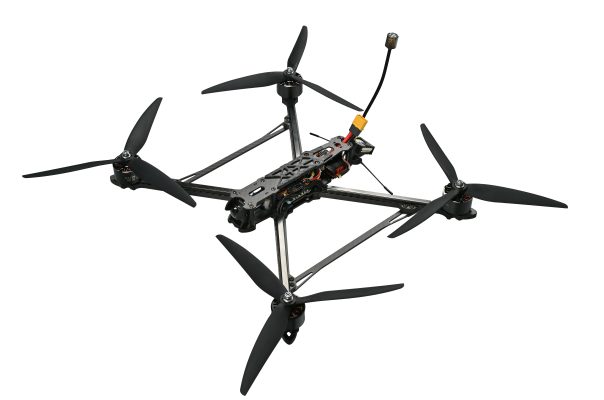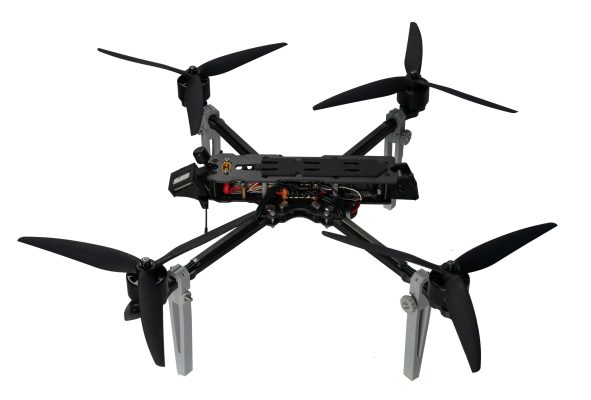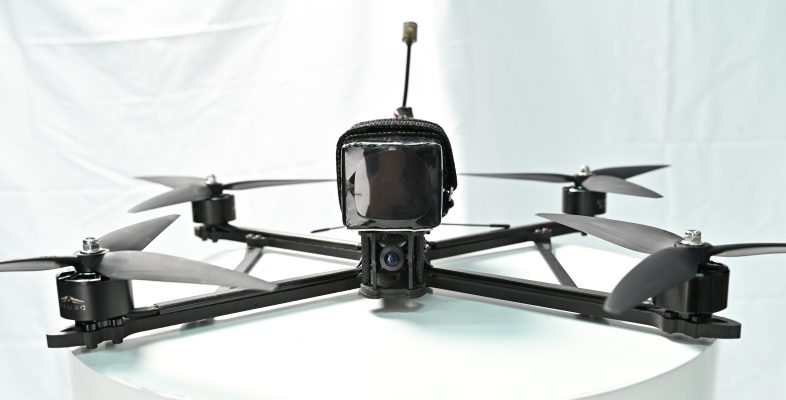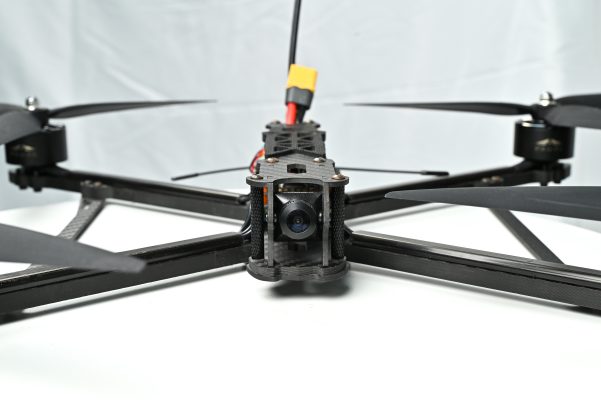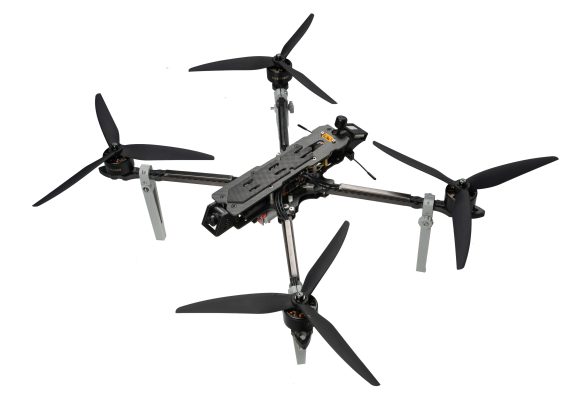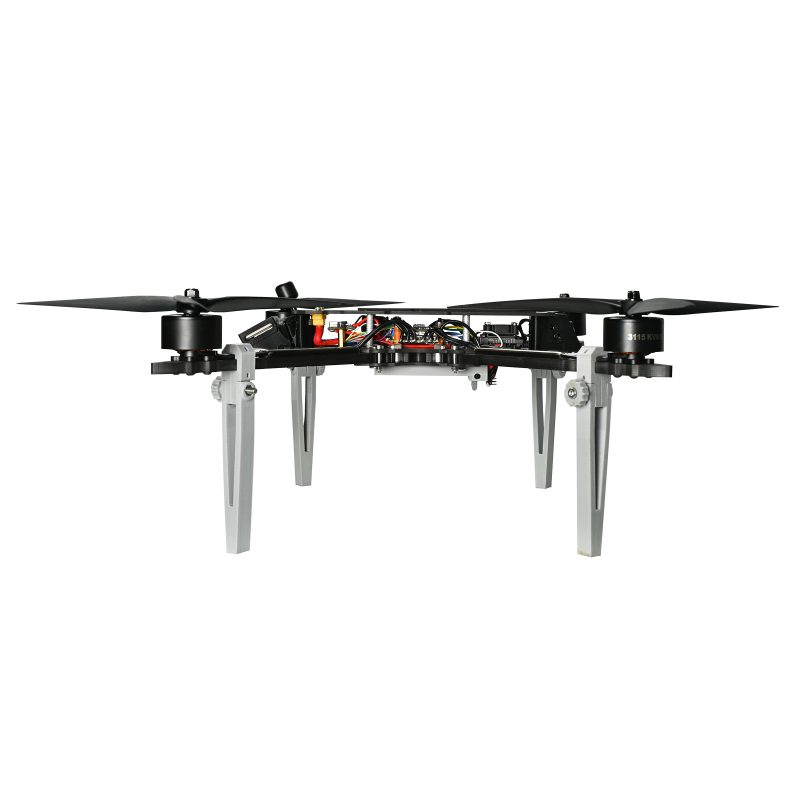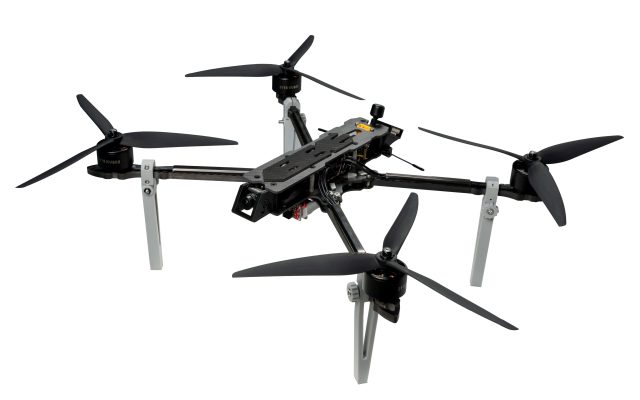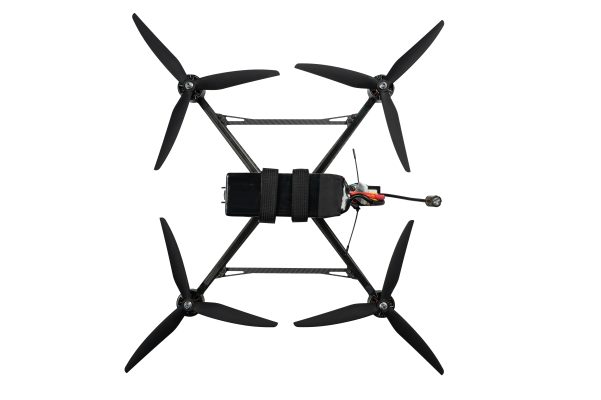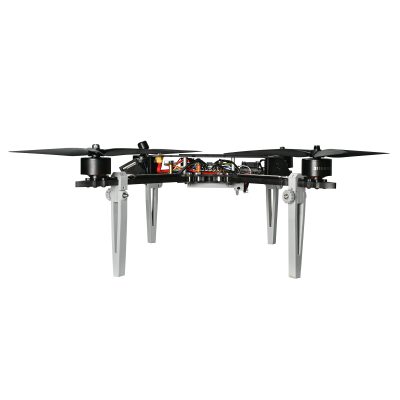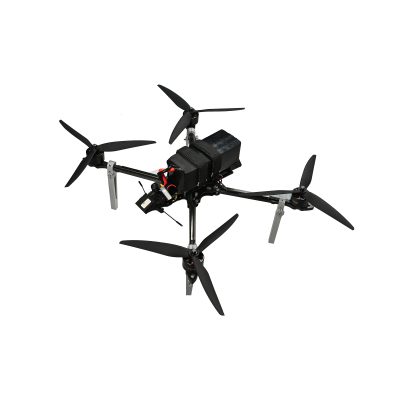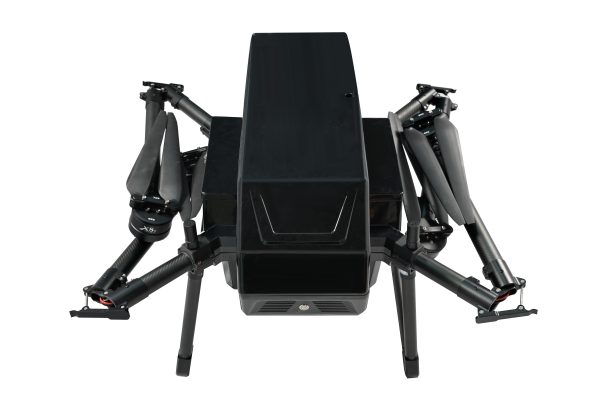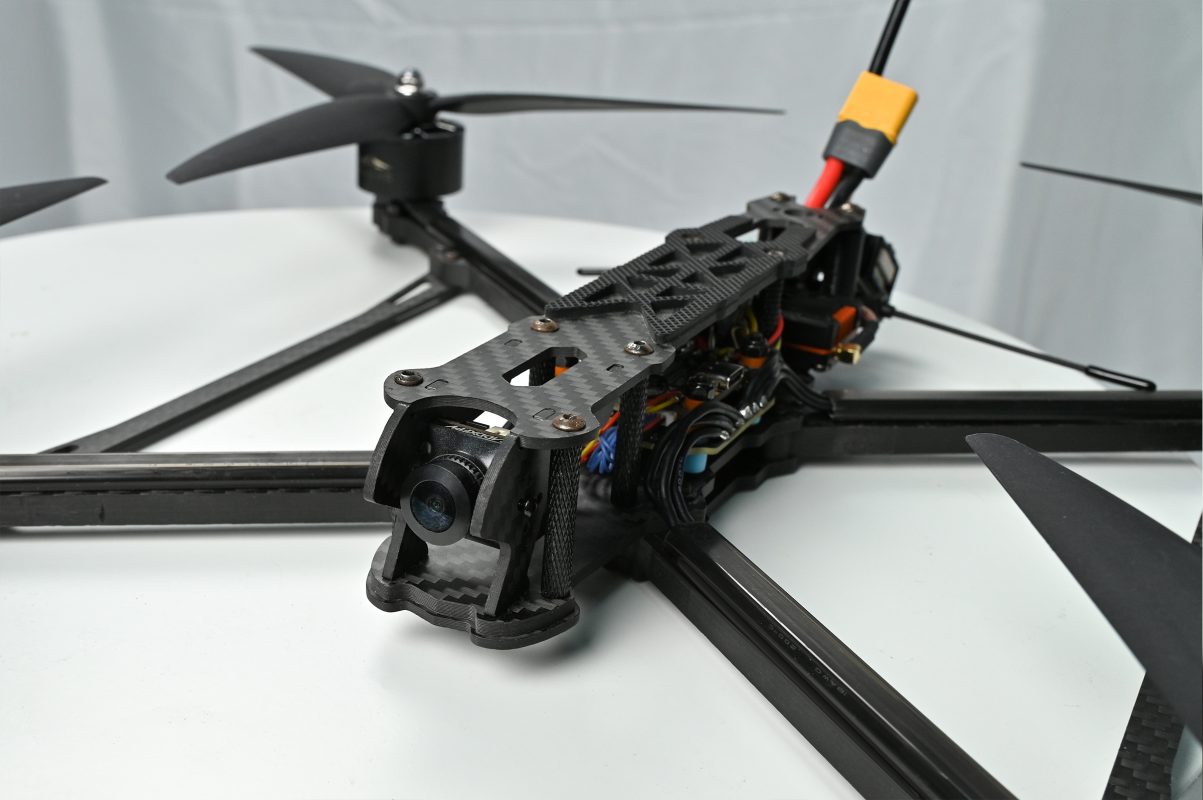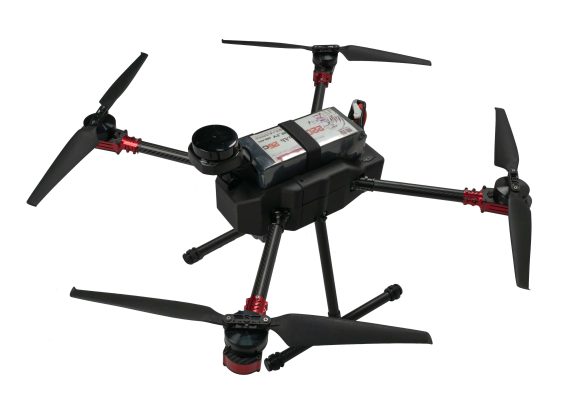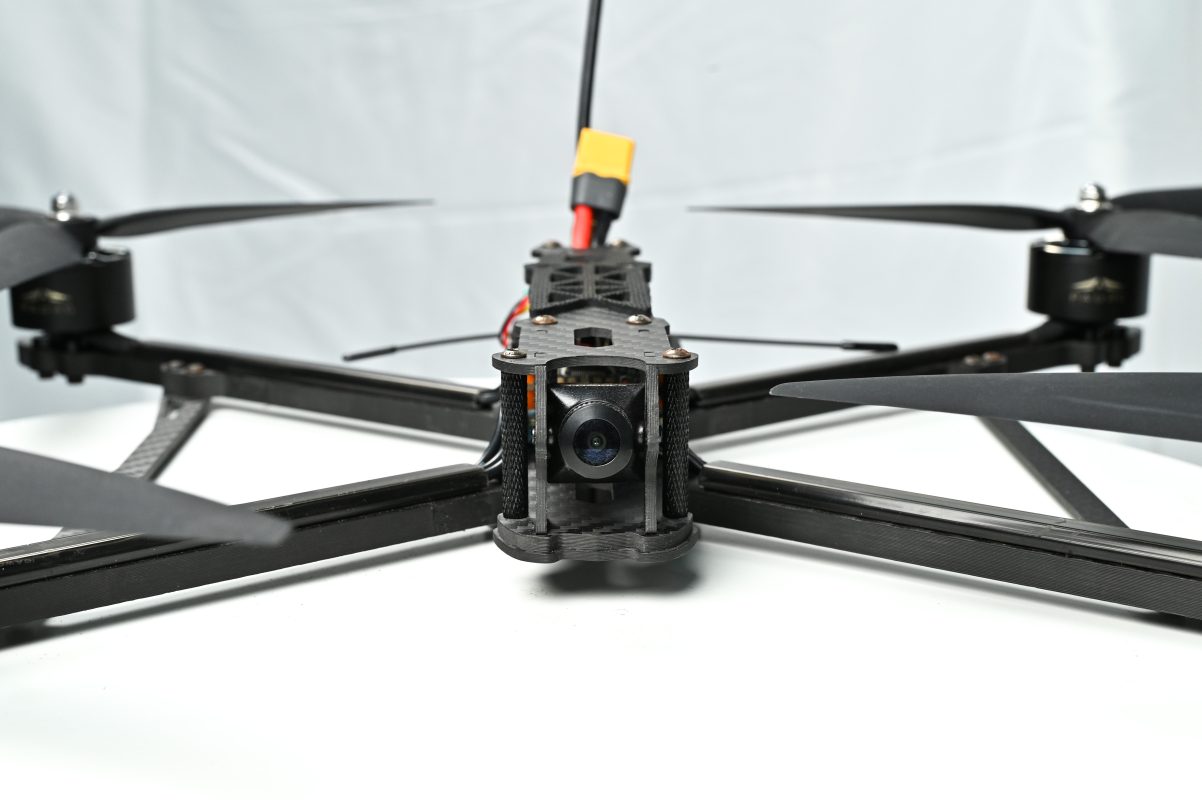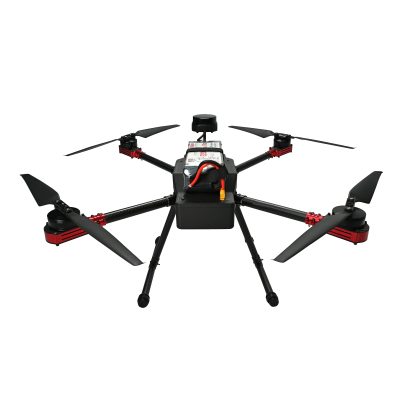A detailed preparation before your first FPV flight can significantly reduce potential risks. Here’s a full pre-flight checklist tailored for beginners ready to take on their first real flying experience.
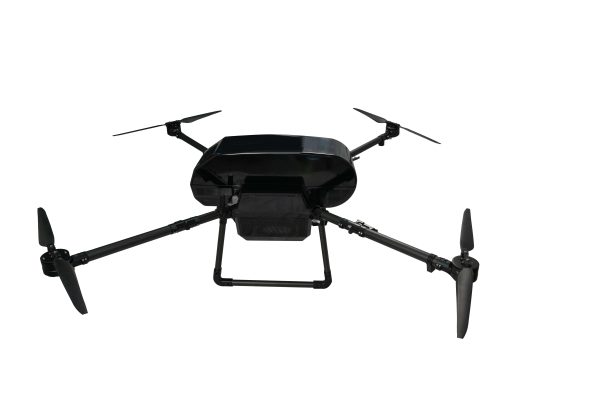
1. Equipment Check & System Setup
-
Ensure all propellers are crack-free and installed correctly
-
Batteries should be fully charged, with ESCs and flight controller working normally
-
Confirm receiver and transmitter are properly bound, with no channel mismatch
-
Verify flight mode settings (Angle or Acro) are correct
2. Spare Parts & Tools
-
Bring extra batteries, props, zip ties
-
Include screwdrivers, hex keys, battery straps, and other essential tools
-
Don’t forget backup video antennas and a charger if staying long
3. Evaluate Your Flying Environment
-
Use Google Maps to find an open, obstacle-free space
-
Avoid high magnetic fields, trees, wires, or wildlife areas
-
Always check the weather—skip flying in rain or high wind
4. Warm-Up with a Simulator
-
Fly 3–5 minutes in a simulator to get in sync
-
Keep calm, don’t rush, and avoid attempting advanced tricks too early
5. Set a Simple Flight Goal & Record
-
Set clear practice objectives like hovering or figure-eights
-
Record your flights and take notes to track improvement over time
Keywords / Tags: FPV preflight checklist, beginner FPV guide, drone setup, first FPV flight prep, simulator training, drone safety tips
